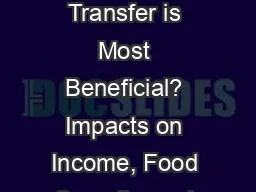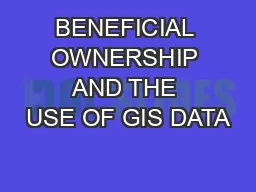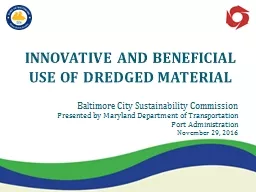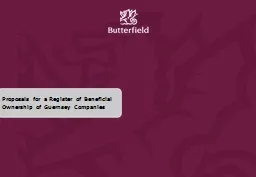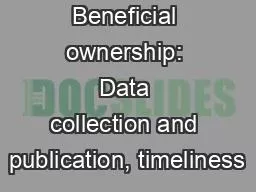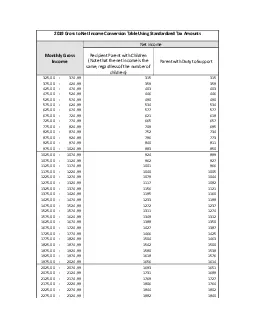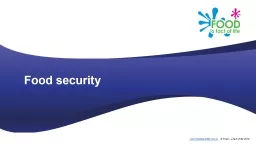PPT-Which Form of Safety Net Transfer is Most Beneficial? Impacts on Income, Food Security,
Author : dunchpoi | Published Date : 2020-06-25
Akhter Ahmed John Hoddinott Wahid Quabili Shalini Roy Fiona Shaba and Esha Sraboni International Food Policy Research Institute Stakeholder Workshop 3 December
Presentation Embed Code
Download Presentation
Download Presentation The PPT/PDF document "Which Form of Safety Net Transfer is Mos..." is the property of its rightful owner. Permission is granted to download and print the materials on this website for personal, non-commercial use only, and to display it on your personal computer provided you do not modify the materials and that you retain all copyright notices contained in the materials. By downloading content from our website, you accept the terms of this agreement.
Which Form of Safety Net Transfer is Most Beneficial? Impacts on Income, Food Security,: Transcript
Download Rules Of Document
"Which Form of Safety Net Transfer is Most Beneficial? Impacts on Income, Food Security,"The content belongs to its owner. You may download and print it for personal use, without modification, and keep all copyright notices. By downloading, you agree to these terms.
Related Documents

